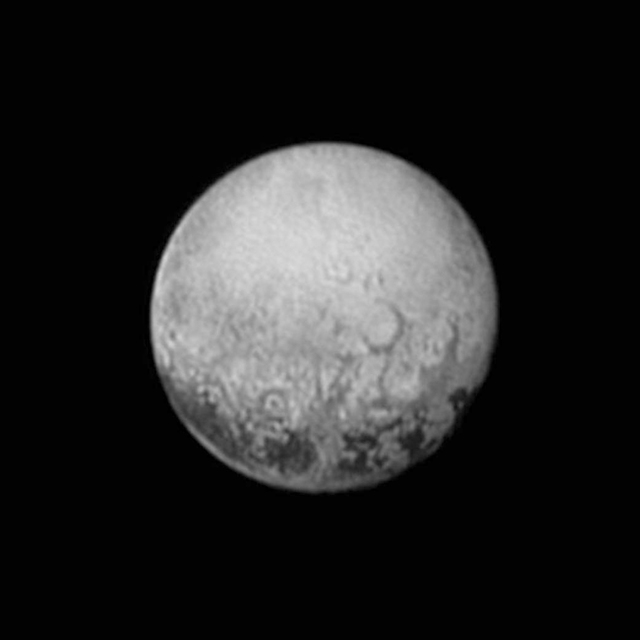Plutophiles across the world will have one of Hawaii’s telescopes to thank following NASA’s New Horizons spacecraft historic flyby of the dwarf planet early today. ADVERTISING Plutophiles across the world will have one of Hawaii’s telescopes to thank following NASA’s
Plutophiles across the world will have one of Hawaii’s telescopes to thank following NASA’s New Horizons spacecraft historic flyby of the dwarf planet early today.
Much like sailors of old, the spacecraft relies on the position of celestial bodies to navigate, and it was images taken by the Canada-France-Hawaii Telescope that are being used to chart its course, said Daniel DeVost, CFH’s director of science operations.
“It’s a tremendous feat,” he said.
“They are going 57,000 miles an hour. They need a catalogue of positions that’s extremely precise.”
The telescope was selected to provide that catalogue of reference stars because it hosts a widefield camera able to capture a large area of space in great detail, DeVost said.
“The fact that it’s on Mauna Kea, means these images are extremely sharp,” he added.
The effort was led by Stephen Gwyn, a data specialist with the Canadian Astronomy Data Centre.
DeVost said the images were taken within the last year.
“We all help each other,” he said. “It turned out for this mission we had the better position in the world so they decided to use us.”
Additionally, DeVost said the telescope is being used to identify other objects for New Horizons to study once it completes its rendezvous with Pluto and begins to exit the solar system.
“At CFS, we’re really happy to pull our weight and contribute to this project,” he said.
New Horizons will complete its flyby at 1:49 a.m. today when it comes within 7,767 miles of Pluto.
The dwarf planet was discovered in 1930 and was demoted to dwarf status in 2006.
On Monday, NASA said images taken from New Horizons during its approach showed it to be about 50 miles larger than previously expected.
Email Tom Callis at tcallis@hawaiitribune-herald.com.



